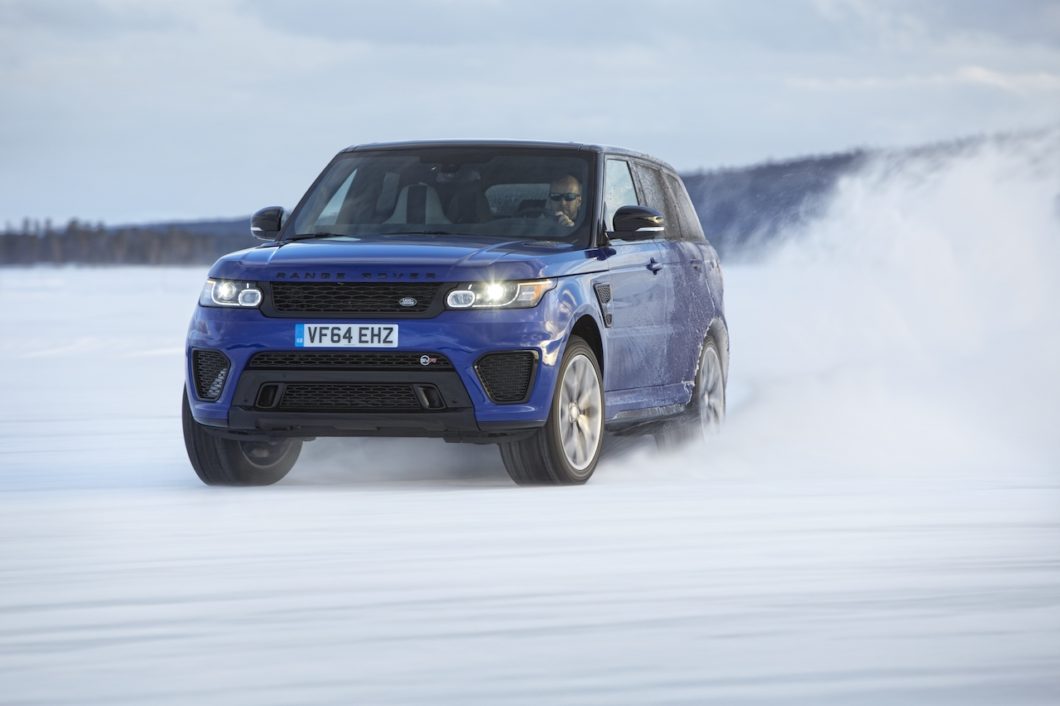There are lots of driving myths out there, such as the colour of the car affects your car insurance and you can’t drive an electric car in a thunderstorm. Of course these aren’t true. But as winter draws ever nearer there are some driving myths that do raise some genuine questions. The ATS Euromaster Winter Driving Myth Challenge has been designed to test your knowledge of which cold weather driving myths are true and which are false.
1. You can mix winter tyres with summer or all-season ones for the best effect
FALSE – Mixing tyres is not recommended at all as mismatched tyres will have different thread patterns and rubber compounds. All of these can adversely affect your cars braking performance and the levels of grip with the road. In winter this becomes even more important which is why you should never mix your winter, summer or all season tyres.

Winter tyres can increase your cars stopping distance by around 30% over summer or all season tyres. So if you want to improve the safety of your car during the winter months, fitting winter tyres is highly recommended.
2. It is a legal requirement to carry a winter emergency kit
FALSE – This one is actually false, though it does make sense to carry a winter emergency kit with you in the car. If you are planning a journey this winter pack some extra supplies like a blanket, spare clothes and shoes, snacks and water and spare battery’s for a torch. A spare battery pack for your phone is also a good idea.

We’ve all seen those news reports where motorists get stranded in wintry conditions and they never look good. Being prepared is always a good idea in case it happens to you.
3. It is illegal to drive in wellies
FALSE – If you live in the countryside and drive an old Land Rover, the chances are you’ll be trundling down the lanes in your wellington boats. Or if you have an upmarket Range Rover, you might be sporting a slightly posher pair of wellies as you waft around town. While it can of course be harder to drive in boots with thick soles, especially if you are not used to it, it is not illegal to do so.

It is the responsibility of the driver to wear clothing and footwear that allows them to maintain control of the vehicle. At the end of the day if you are driving a classic Mini or a Fiat x1/9, wellies will be the wrong choice, so use common sense and always wear a pair of comfortable driving shoes and keep the wellies in the boot for those mucky moments.
4. You can be fined for leaving the engine running while you’re defrosting your car
TRUE – This is in fact true and you are not allowed to leave your car running while it is stationary. While we all love to get into a nice warm and toaster car and have a clear mist free windscreen to see through. Many cars are stolen off the driveway as owners nip inside their house while they wait for their car to warm up.
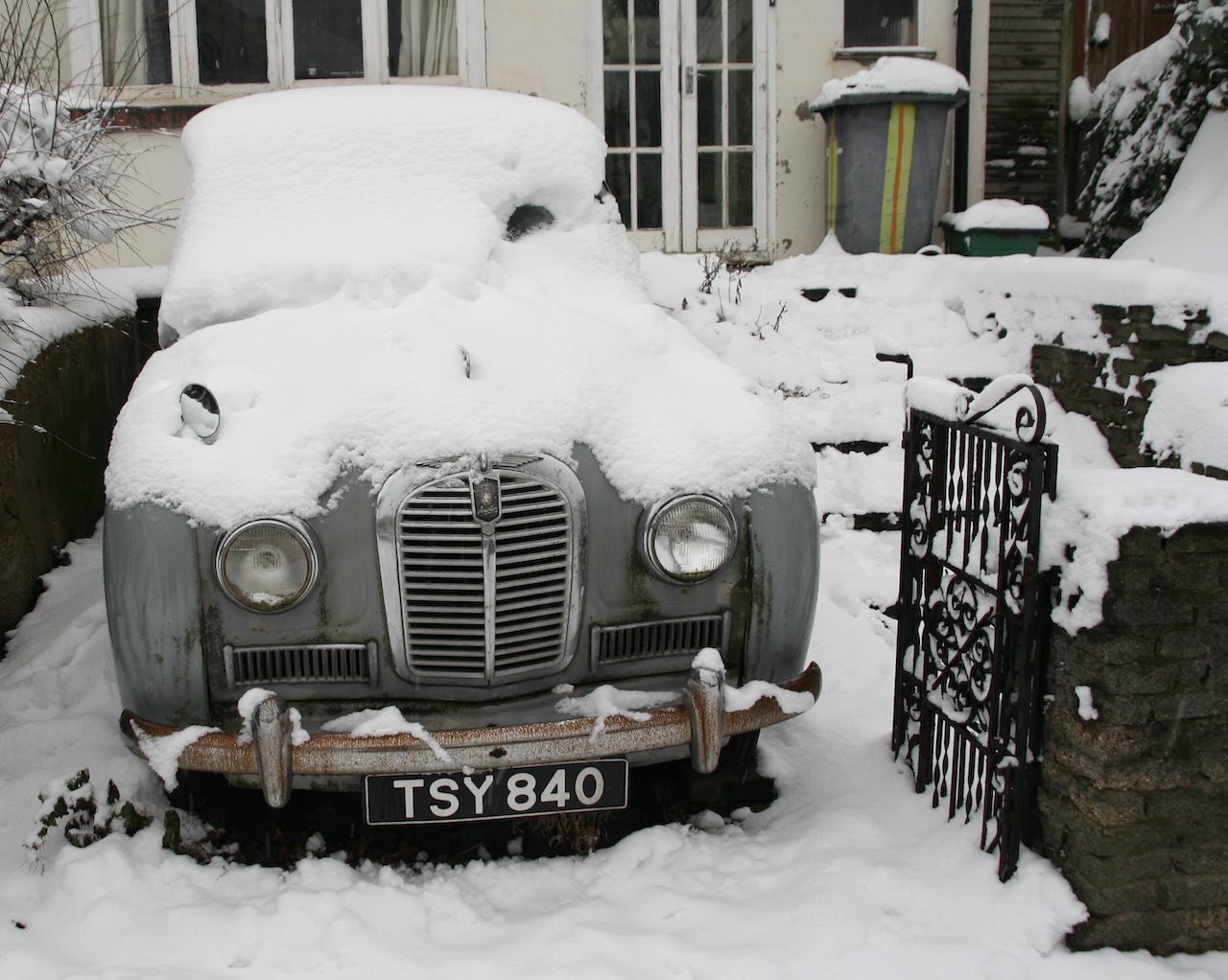
And if your vehicle is stolen while you are defrosting it, your insurance is also likely to be invalid. Basically it is not worth the risk for a few minutes of dealing with a chilly car.
5. It is recommended to De-Ice your car using hot water
FALSE – Using boiling hot water is dangerous and can cause your windscreen to crack or even shatter. De-Icer spray is the safest option or resort to the more environmentally friendly method and employ some elbow grease and a trusty ice scraper, or the club card you never ever use.
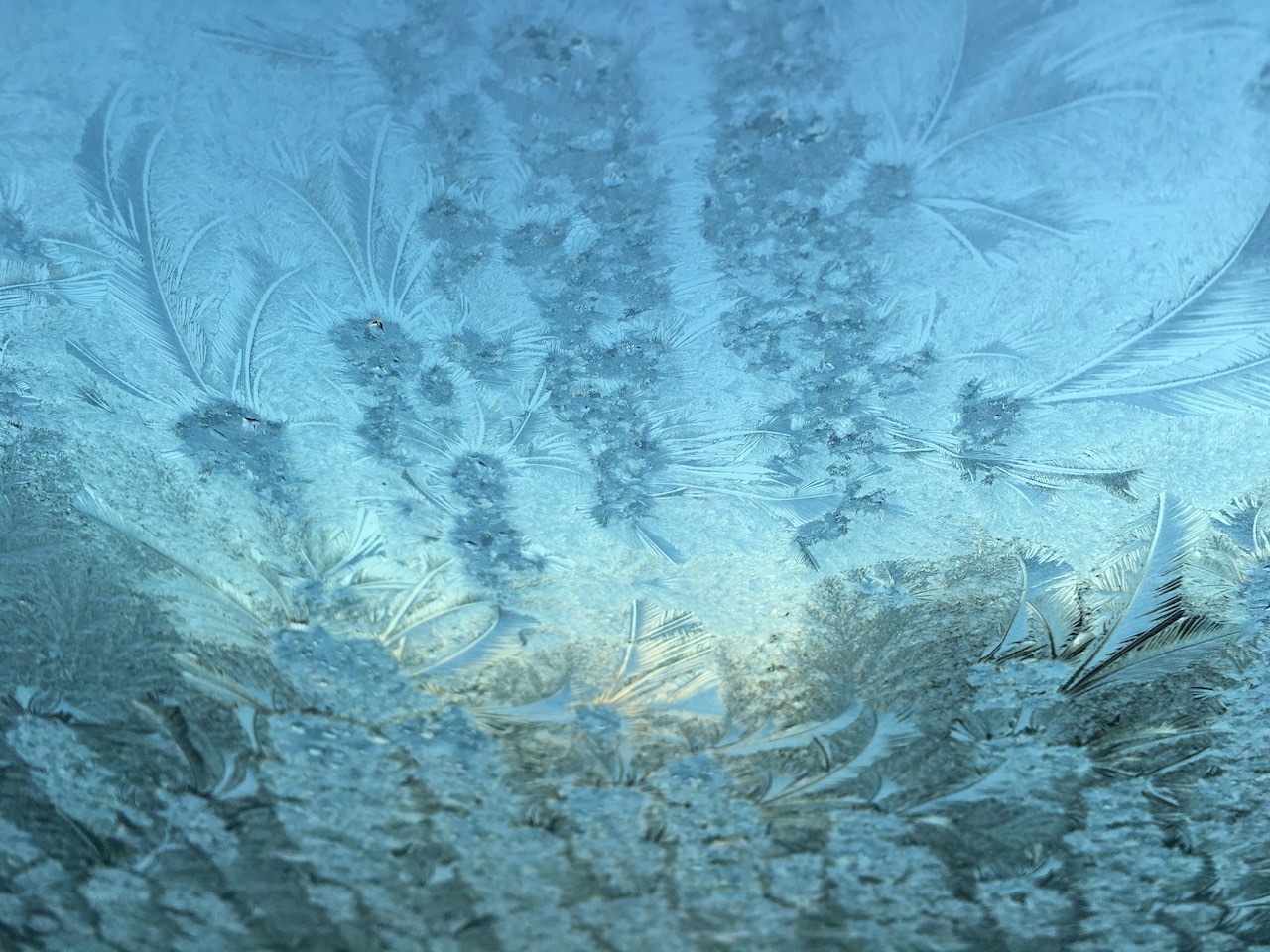
6. An engine doesn’t need time to warm up before you start driving in the cold
TRUE – While you may have needed to let a car ‘warm up’ in the past, modern cars have more powerful starter motors, electronics and fuel injection systems that can compensate during cold temperatures. So you don’t need to leave your car sat idling for 10-15 minutes like in “the good old days”. Plus if you let your car idle you are just burning fuel and there is the environmental impacts to consider as well.
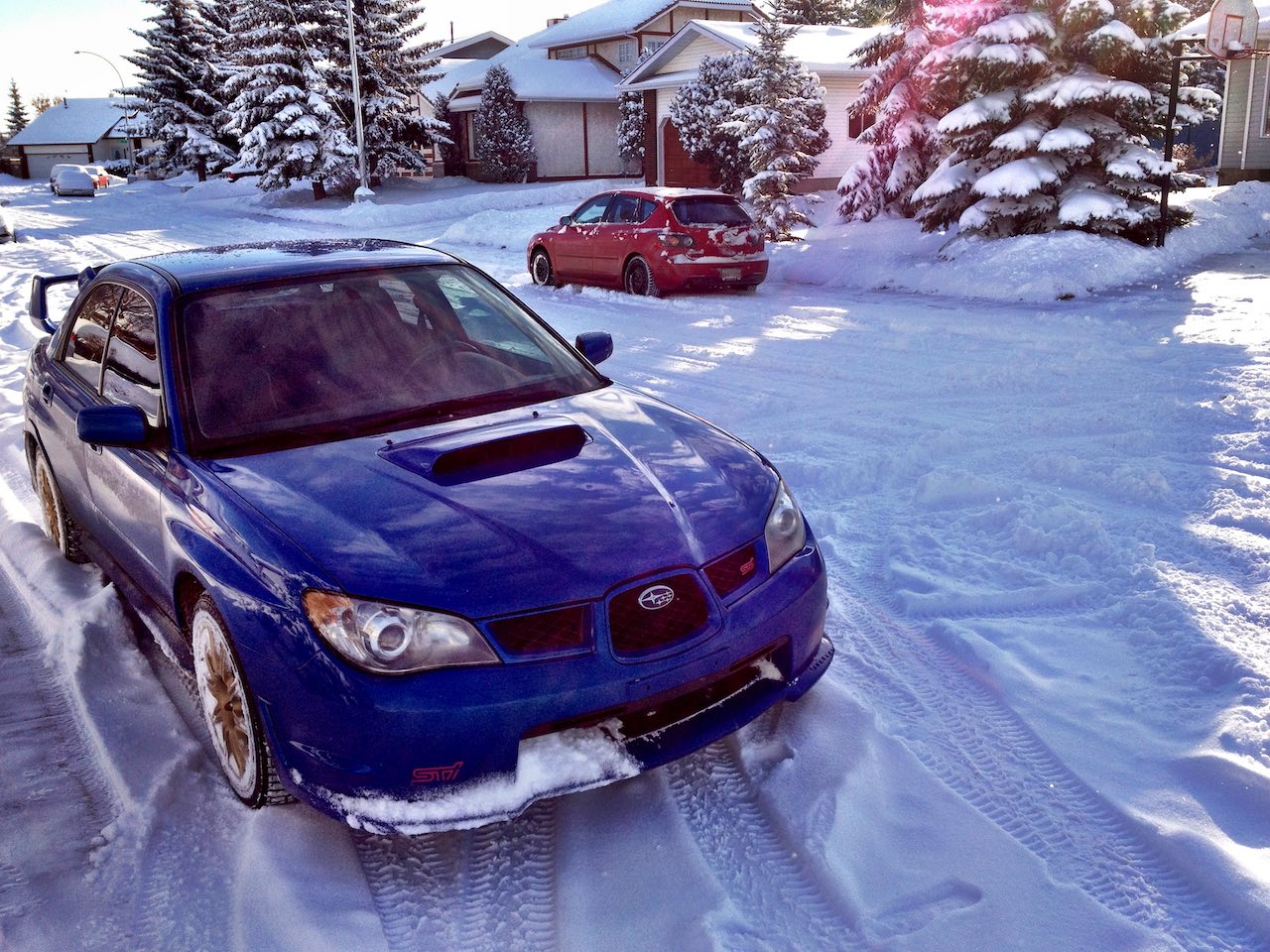
However, if you do own an older classic you will of course need to let the car warm up before starting your journey, especially if it has a carburetor engine. After 10 minutes or so, most engines and fuel systems will have warmed up sufficiently to let you drive the car without stalling. Just remember to balance that throttle and manual choke! If you own a vintage car you will already know all about fitting and using a radiator blind to help the engine come to temperature more quickly. How times have changed!
7. Adding extra weight to your car will give you better traction
FALSE – Most modern cars on the road today are front-wheel drive car so adding extra weight in the back can adversely affect your cars handling and braking performance. You should only consider adding additional weight to your vehicle if it is rear wheel drive and ONLY then with advice from driving experts.
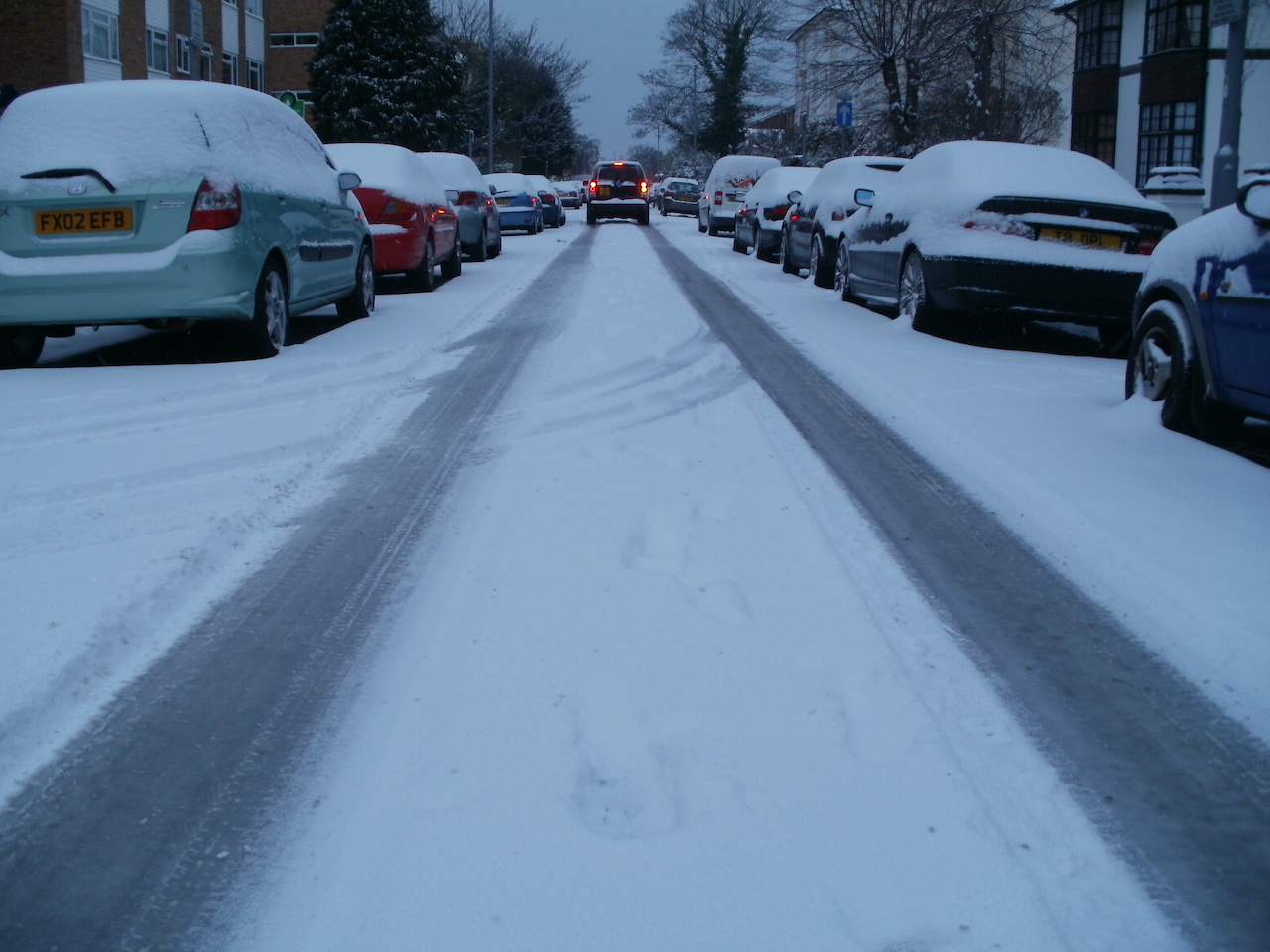
8. Driving with more lights on will help you when it is snowing
FALSE – Driving with full beam headlights during heavy snow fall or dense foggy conditions is not recommended. Full beam makes little difference and in many cases can actually reduce visibility which is dangerous. If the snow or fog is light they can make a difference, it will just depend on the local driving conditions.

Drive safely and at a sensible speed and it will reduce the risk when meeting other vehicles.
9. If you disconnect your car battery at night, you can save power and stop it from going flat
FALSE – Cold temperatures are the enemy of car batteries and if yours is old, has a fault or isn’t fully charged, it can suddenly lose that charge overnight. Which can leave you stranded in come the morning as your battery won’t have enough cranking power to start your car.
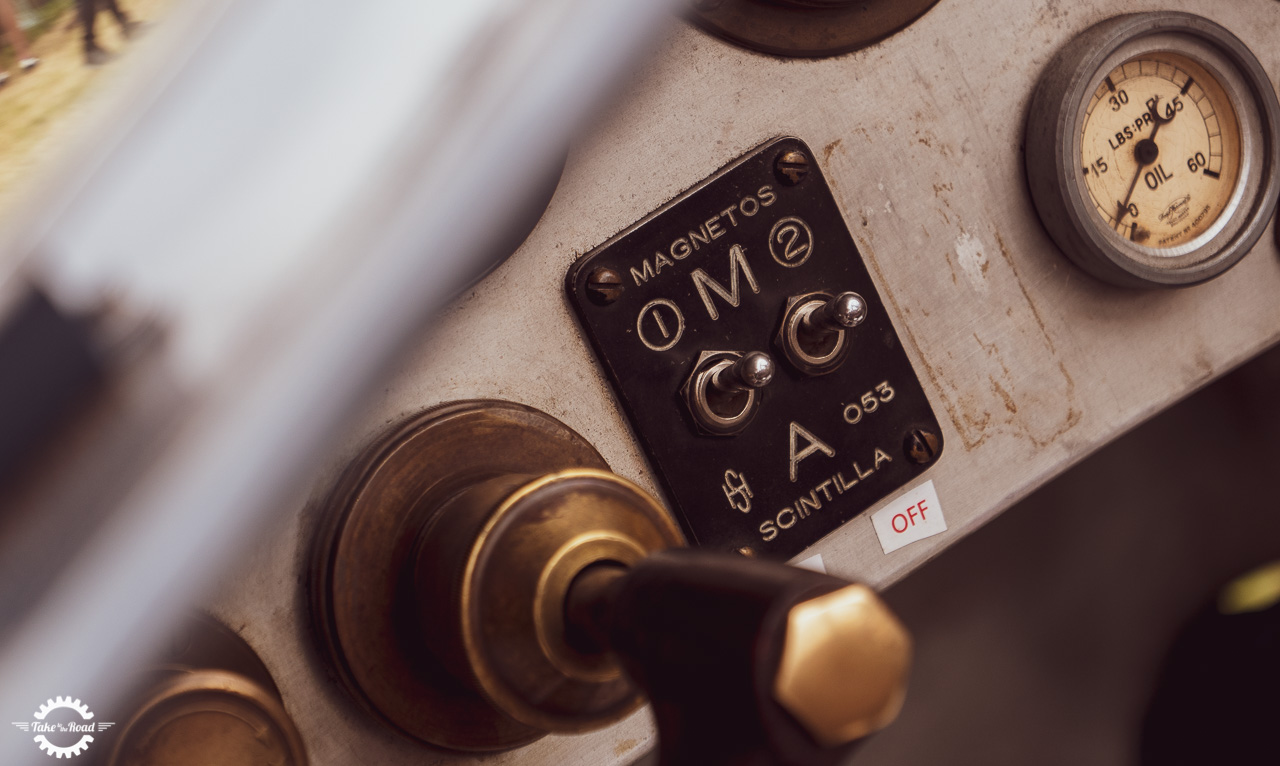
If you must disconnect your cars battery, always use a trickle charger to help maintain the batteries health whilst your car is off the road. It will save you the cost of a new battery and the stress of being stranded.
10. Car crime is less common around Christmas
TRUE – Thankfully this is true as reports of car crime decrease around Christmas & Boxing Day, with most people spending time indoors with their family and friends. It does pay to be vigilant however, so don’t leave anything visible in your car for opportunists.
This post is a collaboration with ATS Euromaster. All thoughts and research are my own.

